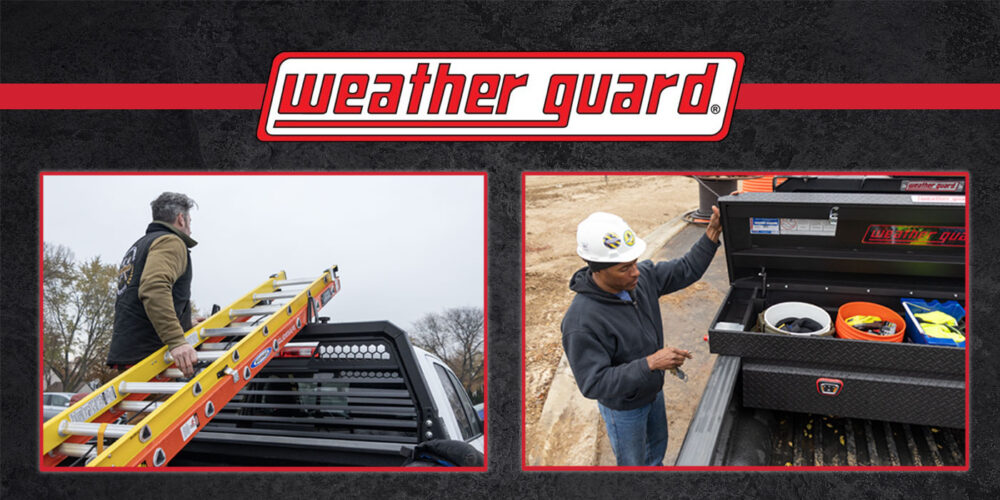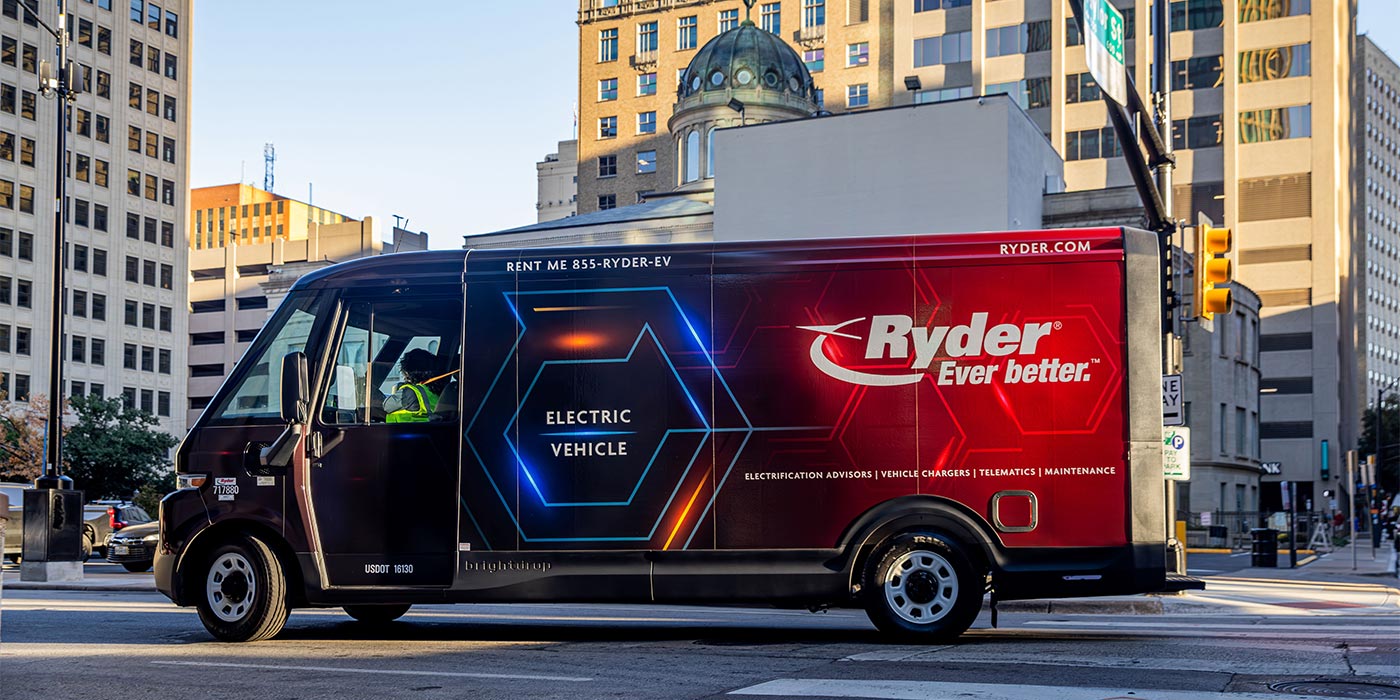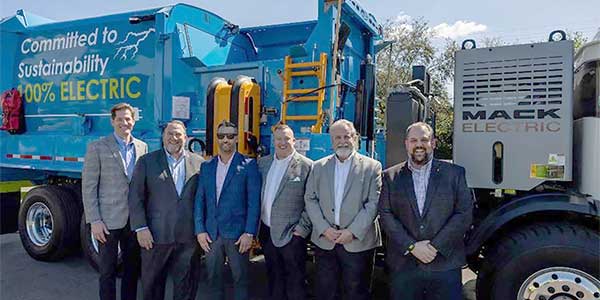“In 2009 we told you that 2010 EPA engines compared to 2007 pre-SCR models would have better fuel economy, improved regeneration frequency, increased power with the same displacement, enhanced driveability and better cooling system performance to reduce heat,” said Dave Bryant, vocational sales manager at Freightliner. “We also said we would address vehicle packaging concerns and DEF availability issues. All of the challenges have been met.”
With nearly 100 fleet managers from about 60 investor-owned electric utilities, electric cooperatives and electrical contractors from across the U.S., Canada and South America in attendance, Bryant’s message at the Electric Utility Fleet Managers Conference was well received. As a speaker on a “Diesel Engines—Current and Future” panel, he went on to detail each area of performance.
Fuel economy in EPA 2010 SCR engines was initially projected to be 3% better than 2007 models, Bryant related. Today, customers in utility truck applications are reporting a 5% improvement in actual use.
“We also projected significant improvements in diesel particulate filter regeneration cycles,” Bryant added. “Customers today are reporting reductions in regeneration cycles between 2007 and 2010 engines in all applications, including Detroit Diesel and Cummins models. In many cases the reduction is about three times, and in some operations, such as waste haulers, we have seen DPF regen cycles extended as much as 10 times. DPF regeneration requires fuel to clean out unburned fuel, so reducing regeneration frequency has a double fuel economy benefit.”
Increased horsepower and better throttle response in 2010 engines is boosting driveability, especially in Cummins ISB, ISC and ISL engines, and durability is improved, as well. “Cummins has seen an appreciable reduction in warranty repairs on 2010 engines compared to 2007 models, especially for turbochargers and injectors,” Bryant reported. “Additionally, improved cooling system performance is resulting in reduced heat rejection, causing fewer problems.”
Bryant went on to point out that OEMs have addressed packaging and chassis space concerns by providing clear frame rails and back of cab surfaces, and by not increasing cab heights. Also, DEF infrastructure concerns have turned out to be a non-issue, with over 6,500 DEF retail outlets and 500 pump locations, and the availability of bulk DEF, meeting fleet needs.
Next on engine manufacturer agendas are 2014 Environmental Protection Agency (EPA) and Department of Transportation National Highway Traffic Safety Administration (NHTSA) greenhouse gas emissions and fuel economy standards. The first-ever program to reduce heavy- and medium-duty emissions and provide for improved fuel economy impacts Class 7 and 8 on-highway and Class 3-8 vocational vehicles and engines.
“The burden is on manufacturers to comply with separate vehicle and engine regulations,” Bryant stated. “We are confident we can improve engine efficiency for vocational models without any radical new technology.”
Bryant also noted that Detroit Diesel, Cummins, PACCAR and other engines using SCR technology are expected to be fully complaint one year ahead of schedule. Daimler Trucks North America (DTNA), Freightliner’s parent company, has already announced the EPA has certified its complete line of model year 2013 on-highway, vocational and medium-duty vehicles as meeting the 2014 regulations one year ahead of the mandate.
“Market adoption of SCR engines in six key Class 6-8 vocational applications (refuse, utility, construction, heavy hauling, beverage and municipal) is 39% greater than non-SCR engines today compared to 18% three years ago,” Bryant reported. “This trend shows the growing confidence in SCR technology, which is proving that it can help lower operating and maintenance costs, is more reliable and provides better fuel economy.”
Editor’s Note: The Electric Utility Fleet Managers Conference will hold its 60th annual conference from June 2-5, 2013 at the Williamsburg Lodge and Conference Center in Williamsburg, Va. For more information, visit www.eufmc.com.









